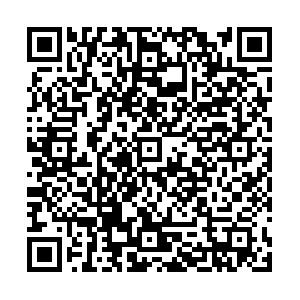Suppression of secondary electrons from target surface under pulsed ion beam bombardment
-
摘要: 论述了离子束作用下固体表面次级电子产生的机制,介绍了特种真空器件中次级电子抑制的各种方法及其优缺点,提出了脉冲离子束作用下靶面次级电子抑制的自偏势法和曲面靶法等设计思路,并在实验上进行了初步验证。实验结果表明,自偏势电压大于80 V后,次级电子得到很好的抑制。在相同束流情况下,曲面靶较平面靶的次级电子产额少。利用实验结果进行估算得到了近似的次级电子产额约为0.67,比文献中的结果(0.58)偏大。对实验中自偏势法抑制反峰电子电流的效果进行了分析和讨论,结果表明:自偏势法不但能够有效抑制离子打靶产生的次级电子,还能抑制由功率源不稳定带来的入射反峰电子流。Abstract: The producing mechanism of secondary electrons from target surfaces under ion beam bombardment is discussed. Several methods to suppress the secondary electrons in special vacuum devices and their advantages and disadvantages are introduced. The ways of using self-bias and curved surface targets are proposed and verified in the experiment. The results show that the secondary electrons can be effectively suppressed when the self-bias is larger than 80 V. The secondary electron yield decreases by using curved surface target instead of flat target. The secondary electron yield calculated from the experimental data is about 0.67, which is slightly larger than the value (0.58) from the literature due to the impurities of the ion beam and target surface. The effect of suppressing the electron countercurrent by the self-bias method is analyzed. The result shows that the self-bias method can suppress not only the secondary electrons from target surface under ion beams bombardment, but also the electron countercurrent resulting from the instability of the pulsed power source.
-
Key words:
- pulsed ion beam /
- secondary electrons /
- self-bias /
- suppressing /
- curved surface
-

 点击查看大图
点击查看大图
计量
- 文章访问数: 1571
- HTML全文浏览量: 228
- PDF下载量: 386
- 被引次数: 0




 下载:
下载:
